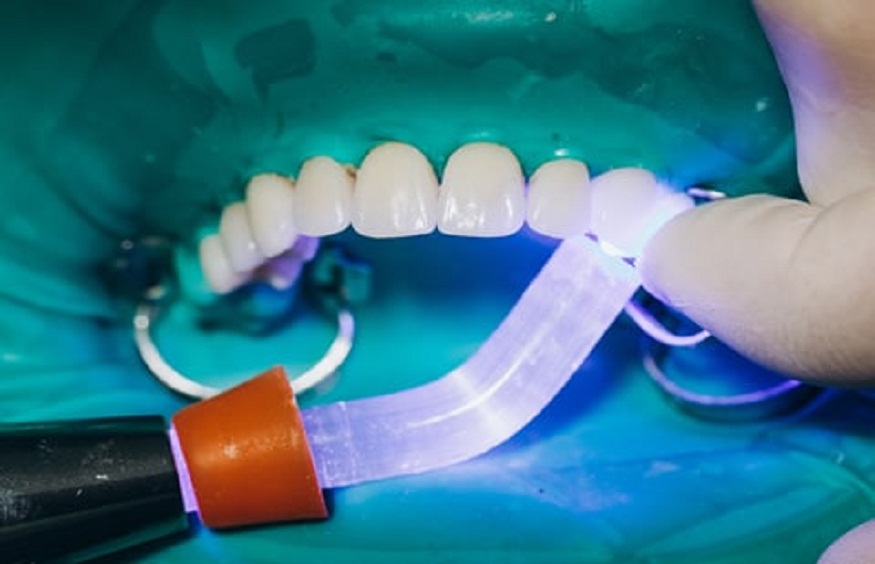Composite Bonding: A Minimally Invasive Cosmetic Procedure

Composite bonding offers a gentle way to enhance your smile. It addresses small imperfections like chips, gaps, and discoloration. Unlike other procedures, it preserves your natural tooth structure. This makes it both efficient and effective. In dental offices—perhaps even in places like wisdom teeth manteca—composite bonding shines as a minimally invasive option. It provides immediate results with minimal discomfort, letting you enjoy a radiant smile more quickly.
What is Composite Bonding?
Composite bonding involves applying a tooth-colored resin to your teeth. This resin is then shaped, hardened, and polished to blend seamlessly with the rest of your teeth. It’s a versatile solution for those looking to correct various dental issues without the need for extensive procedures.
Benefits of Composite Bonding
Composite bonding comes with multiple benefits:
- Cost-effective: It is usually less expensive than other cosmetic dental procedures.
- Quick results: Most bonding procedures can be completed in a single visit.
- Natural appearance: The resin is matched to your existing tooth color for a natural look.
Procedure Details
The process of composite bonding typically involves three steps:
- Preparation: The dentist will prepare your teeth by etching the surface lightly and applying a conditioning liquid.
- Application: The composite resin is applied and molded to the desired shape.
- Curing and Polishing: A special light hardens the resin, and the dentist polishes it to a shine that matches your natural teeth.
Composite Bonding vs. Other Procedures
| Factor | Composite Bonding | Veneers | Braces |
| Cost | Low to Moderate | High | Varies |
| Time Required | 1 Visit | Multiple Visits | Months to Years |
| Invasiveness | Minimally Invasive | Invasive | Non-Invasive |
| Durability | Moderate | High | Not Applicable |
Who is a Good Candidate?
Composite bonding is ideal for those seeking minor cosmetic enhancements. It works well for fixing chipped teeth, closing small gaps, and even changing the shape of teeth. However, it may not be suitable for those who require extensive dental work or have significant dental decay. A consultation with a dentist will determine if this procedure fits your needs.
Maintenance and Longevity
Composite bonding can last several years with proper care. Here are a few tips:
- Brush and floss regularly to maintain oral hygiene.
- Avoid biting into hard objects to prevent chipping.
- Schedule regular dental check-ups to monitor and maintain the bonding.
According to the National Institute of Dental and Craniofacial Research, good oral hygiene is crucial for the durability of any dental procedure.
Conclusion
Composite bonding offers a straightforward way to improve your smile with minimal intervention. It stands out as a cost-effective and quick solution for minor dental concerns. By preserving your natural tooth structure and providing immediate results, it continues to gain popularity as a favored choice in cosmetic dentistry. For further reading on dental health practices, you can visit the Centers for Disease Control and Prevention website.








